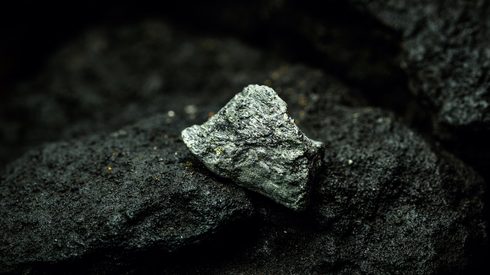The announcement provides a list of nine controlled items (three synthetic graphite-related items and six natural graphite-related items), subject to a dual-use item export license requirements.
The list includes natural flake graphite (HS Code 25041010), spherical graphite (HS Code 25041091) and expandable graphite (HS Code 3824999940) and other synthetic graphite-related materials.
To apply for the license, the exporter must fill in and submit an application form to the provincial commercial departments along with documents including the original copy of the contracts, documents for the exported products, the end-user certificate, information of the importer and identity documents of the exporters’ legal representatives.
The export controls have come as a surprise to market participants, who are still asking how much of an effect the move will have on Chinese exports of graphite and the global anode raw materials supply chain.
China dominates graphite production globally, including synthetic and natural graphite, with its natural flake graphite output accounting for 70% of the world’s total in 2022, while the country also supplies almost 96% of global synthetic graphite anode materials, according to sources.
China exported a total of 57,737 tonnes of natural flake graphite (HS Code 25041010) in January-September, down by 23.16% from a year earlier, according to Chinese customs data.
With the new export controls, traders are worried about a further drop in flake export volumes and the weak market conditions experienced throughout the year.
“There’s already competition for flake graphite from African suppliers. Now with the export control imposed, there’s risk that we may see further demand shift away from China,” a flake graphite trader said.
In terms of spherical graphite, the precursor to the anode materials and synthetic graphite, things could be different given that overseas capacity is still in its infancy, according to sources.
China exported a total of 39,337 tonnes of spherical graphite (HS Code 25041091) in January-September, down by 12% from 44,704 tonnes in the year-earlier period, Chinese customs data shows.
“The controls could be driven by geopolitical factors to protect critical minerals. It is a complicated situation. The exports of China’s anode materials are bound to be affected by the export controls,” a spherical graphite producer source said.
“While the specific impact on the market is unclear by now, it is safe to say that exports would be more complex starting from December 1 when suppliers need to apply for the dual-use item export license, which is only issued for an individual order with an effective period of six months. This means that multiple licenses will be required for different orders.”
“We might see some increase of the exports in the next month considering that suppliers might want to ship the material before the control takes effect in December,” a second spherical graphite producer source said.
“Overseas, market participants are still trying to assess the impact of the export restrictions. We are awaiting further clarification and reviewing the implications with customers of both anode and natural graphite, but any restriction of graphite exports from China would significantly impact global supply,” Joe Williams, technical marketing manager at Australia-headquartered graphite producer Syrah Resources, said.
A similar view was expressed by an intermediary based in Europe, who said: “In general it looks like the [Chinese] government is trying to control the export of critical minerals, there could be a price increase due to the export control for overseas markets in Europe because we import a lot [of graphite] from China.”
Meanwhile, some market participants think that the impact on the synthetic graphite market could have greater ramifications for the overseas battery supply chain given that strict environmental, social, and corporate governance (ESG) regulations and high energy consumption would make natural graphite anode a better choice.
“Synthetic graphite will maintain its lion’s share in the anode raw material sector and has been increasing throughout the year due to the continuously falling price amid slow demand. It would take a while for the overseas market to shift away from China,” an anode producer source in China said.
In addition, overseas market participants have been trying to diversify away from natural graphite supply from China and realize supply chain localization.
Fastmarkets forecasts that with new developments occurring in Africa, the combined production from the continent is to surpass China, becoming the major supply region globally in 2033 at 47% of global supply, followed by China (30%) and Canada (11%).
Furthermore, reliance on China’s synthetic graphite has also been on the rise in the past couple of years, according to sources.
Chinese customs data shows that total exports of synthetic graphite (HS code 38011000) has been increasing since 2020 – the country exporter 293,000 tonnes in 2020, 399,000 tonnes in 2021, 411,919 tonnes in 2022 and 424,705 tonnes in the first nine months of this year.






